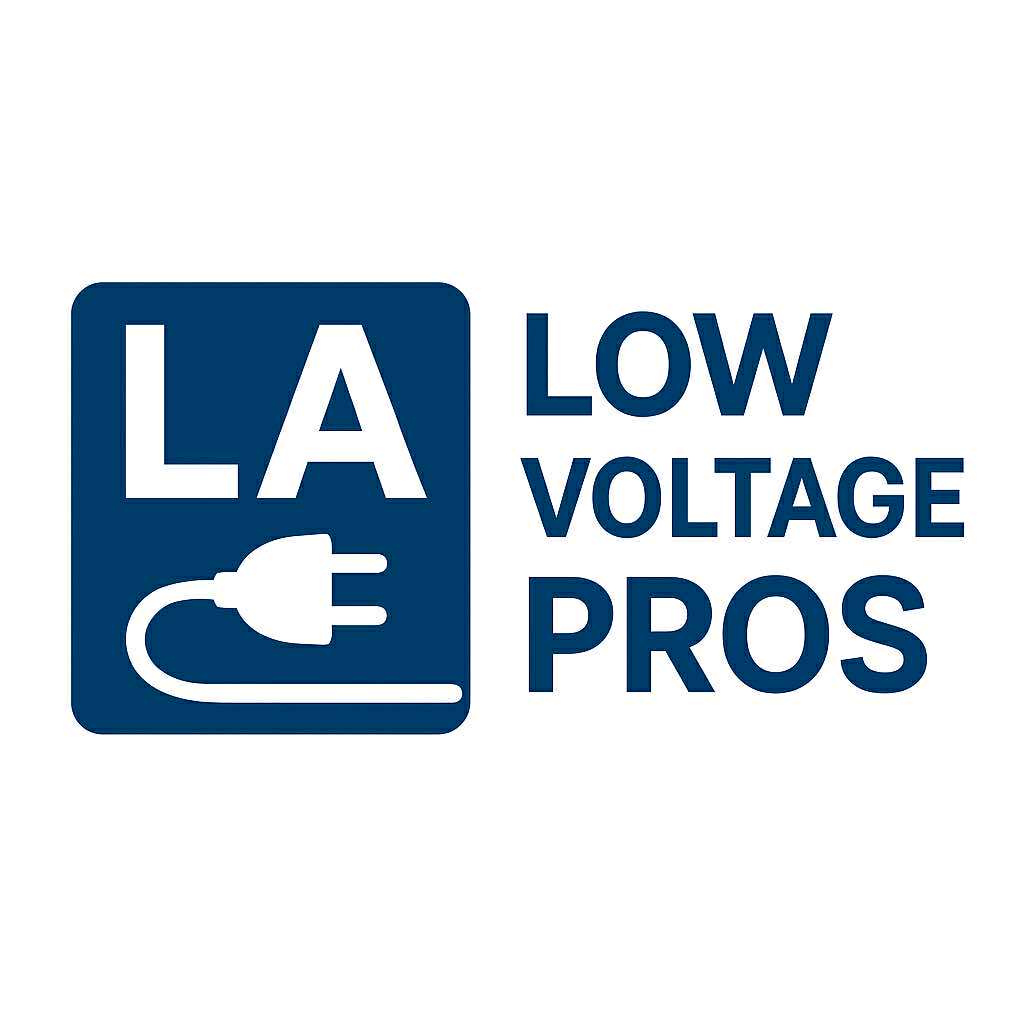Understanding Los Angeles Building Codes for Low Voltage Systems
Low voltage systems play a crucial role in modern buildings, powering everything from security cameras and access control systems to telecommunications and data networks. In Los Angeles, compliance with local building codes is essential to ensure safety, reliability, and legal adherence. This guide provides a detailed look at Los Angeles building codes related to low voltage installations and helps homeowners, contractors, and facility managers understand the requirements.
What Are Low Voltage Systems?
Low voltage systems are electrical systems operating at 50 volts or less, designed to handle communications, data, security, and signaling. Common examples include:
- Security and surveillance systems
- Access control systems
- Fire alarm systems
- Audio and video distribution systems
- Structured cabling networks
Because these systems carry lower voltage, the installation and compliance standards differ from standard electrical wiring. Nonetheless, local building codes still regulate installation practices to ensure safety and efficiency.
Los Angeles Building Code Overview
The Los Angeles Building Code (LABC) is a set of regulations governing all construction, electrical, and low voltage systems within the city. Low voltage systems fall under the electrical provisions of the code, which are largely influenced by the California Electrical Code (CEC) and National Electrical Code (NEC). Key aspects of the LABC include:
Licensing Requirements
Low voltage installers in Los Angeles must hold a valid C-7 or C-10 contractor license issued by the California Contractors State License Board (CSLB). These licenses ensure that technicians have the required knowledge of code compliance, safety standards, and proper installation techniques.
Permits and Inspections
Most low voltage installations require permits before work can begin. This includes structured cabling, security systems, and fire alarm wiring. The permitting process allows city inspectors to verify that installations meet the standards set forth in the LABC and CEC. Inspections typically include:
- Verification of proper wire type and gauge
- Placement of conduits and raceways
- Connection and termination methods
- Compliance with fire and safety regulations
Failing to obtain proper permits or passing inspections can lead to fines or forced rework.
Wiring Standards
Los Angeles building codes specify acceptable wire types, including plenum-rated cables for air handling spaces and riser-rated cables for vertical runs. Other wiring standards focus on:
- Separation of low voltage and high voltage wiring to prevent interference
- Proper grounding and bonding of low voltage systems
- Correct labeling of circuits for easy identification during maintenance
Fire Safety Compliance
Low voltage installations must adhere to fire safety regulations outlined in the LABC. This includes using materials that meet flame-retardant requirements and ensuring pathways do not obstruct fire exits or alarms. Fire alarm wiring and connections are subject to additional scrutiny because they directly impact building safety.
Accessibility and Placement
Building codes require low voltage systems to be installed in a manner that does not interfere with building accessibility. This includes proper placement of junction boxes, panels, and control equipment to allow for easy maintenance and prevent hazards.
Common Challenges with Low Voltage Code Compliance
Understanding and following building codes can be challenging, especially when dealing with complex systems or older buildings. Common issues include:
- Using incorrect cable types that fail fire safety standards
- Inadequate separation between power and low voltage lines
- Missing permits for system upgrades or additions
- Poor labeling and organization of cable runs
By working with licensed professionals familiar with Los Angeles building codes, these challenges can be minimized.
Tips for Ensuring Compliance
To stay compliant with Los Angeles low voltage regulations:
- Always hire licensed contractors with experience in low voltage installations.
- Obtain the required permits before starting any project.
- Follow manufacturer specifications for cable types and installation methods.
- Schedule inspections promptly and address any code violations immediately.
- Maintain clear documentation for all wiring runs, terminations, and system changes.
Frequently Asked Questions
Conclusion
Compliance with Los Angeles building codes is essential for any low voltage installation, ensuring safety, efficiency, and legal adherence. By understanding licensing requirements, wiring standards, fire safety regulations, and inspection processes, property owners and contractors can implement reliable low voltage systems that meet city standards. Proper planning, professional installation, and regular inspections are key to maintaining compliance and protecting both the building and its occupants.
